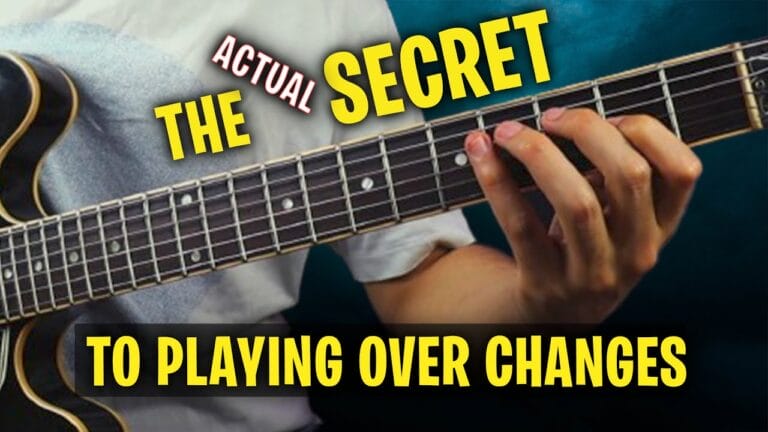How to Extract the Juice Out of a Bebop Melody – Part Two
Associating a Bebop melody with chords and how this can help guitar players improvise and find their own voice.
Let’s start by taking a closer look at the melody of the Bebop tune “Confirmation” by Charlie Parker. This famous Bebop melody is actually based on the F major triad but incorporates other notes to create tension and movement. By associating this notorious Bebop melody with different chords and triads, guitar players can extract the juice out of it and use it as a tool for improvisation.
So, how do you associate a Bebop melody, or any melody for that matter, with chords?
It all starts with learning the fundamentals of triads and chords and appreciating the melodic function of each chord. For example, when you play the melody of “Confirmation” over a G minor triad, you’ll hear the tension and dissonance that comes from playing the 7th and 9th of the chord. This tension can be resolved by playing the melody over a C major triad, which creates a sense of resolution and stability.

It’s also important to practice and incorporate creativity into fundamentals. One way to do this is to alternate between learning fundamentals and putting creativity into them. For example, try playing the melody of “Confirmation” over a different chord progression and see how it changes the overall feel and mood of the melody. This can help you develop your own unique voice and improvisation skills.
In conclusion, associating melody with chords is a crucial skill for any guitar player who wants to improve their improvisation skills and find their own voice. By learning the fundamentals of triads and chords and incorporating creativity into them, you can extract the juice out of a Bebop melody and use it as a tool for improvisation. And if you want to learn more about this technique, be sure to check out our Galactic modern guitar series for more tips and techniques.
For more in-depth lessons on this topic, be sure to check out the Galactic Modern Guitar Program Click here to check it out.



















